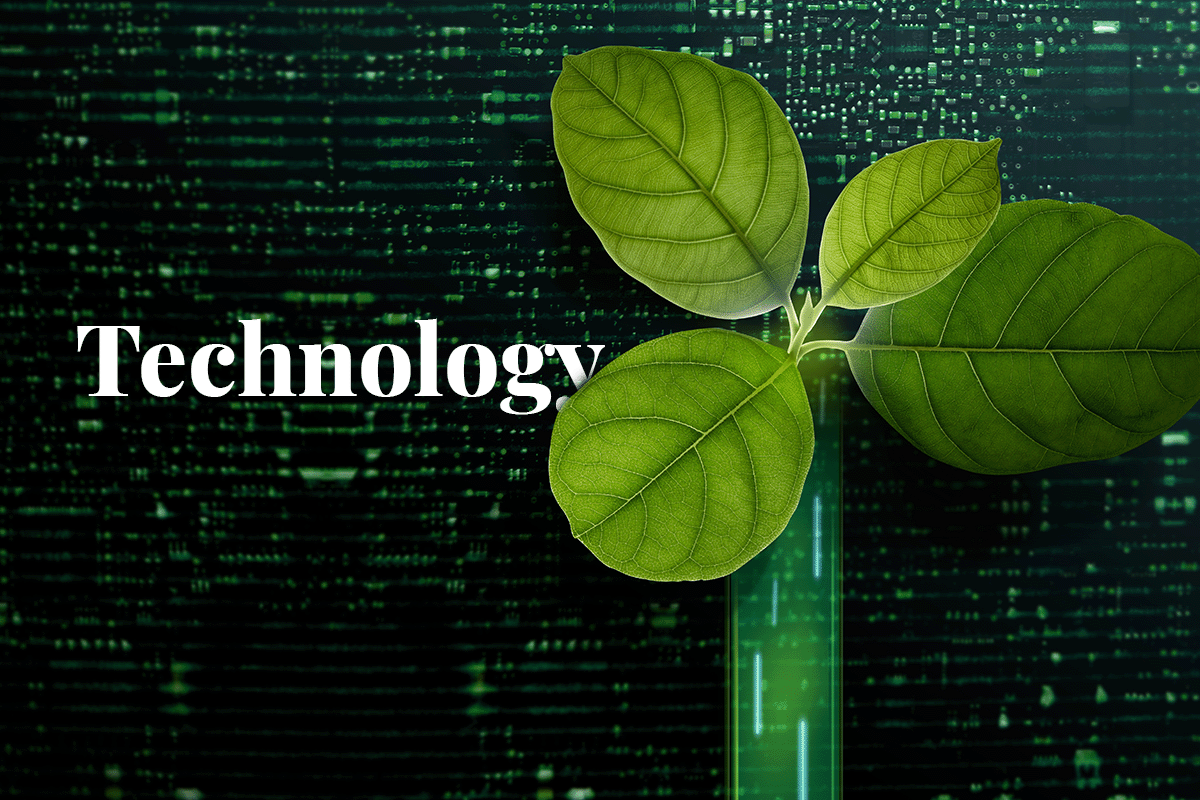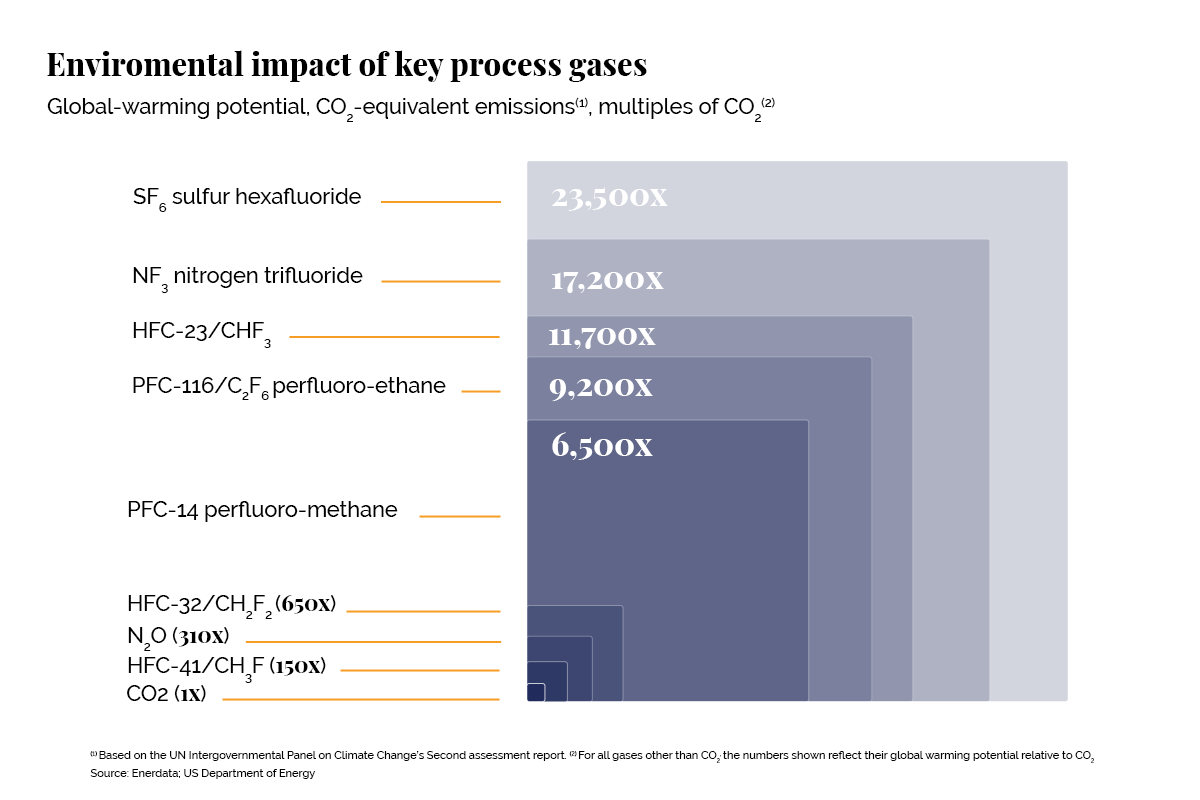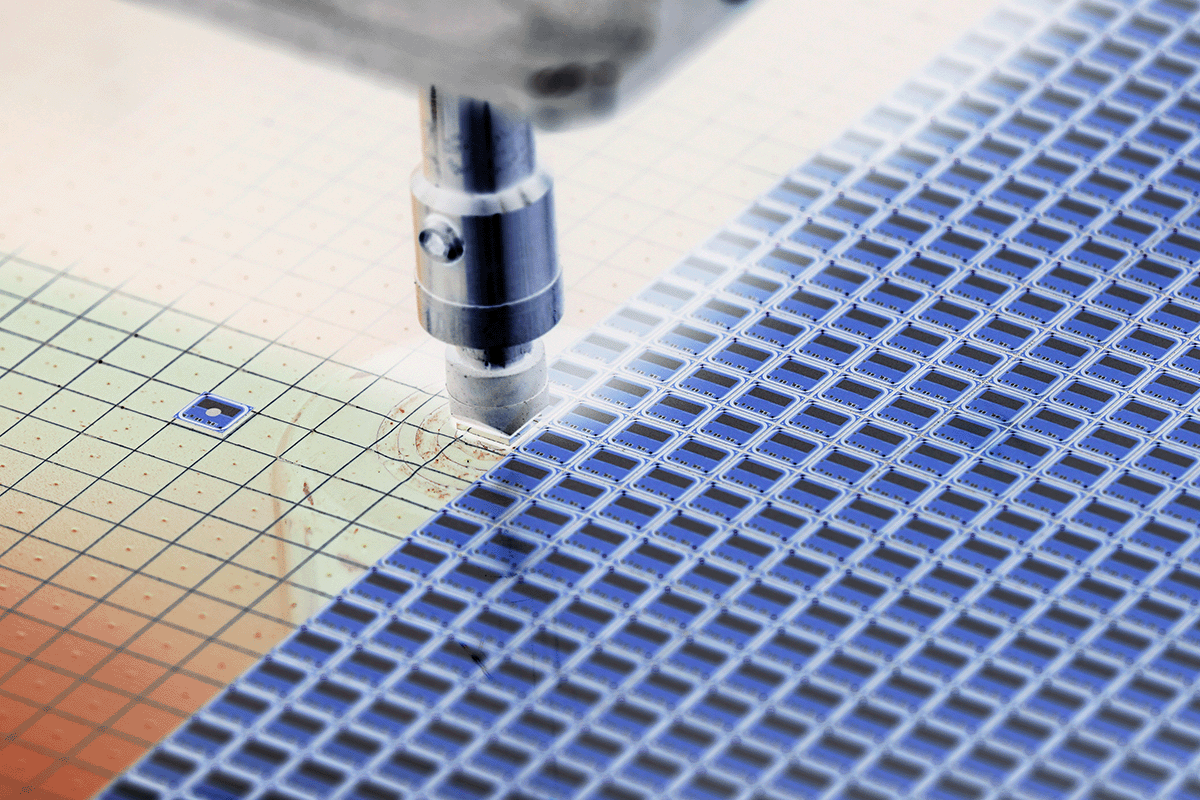Semiconductors are crucial components of many electronic devices we use daily, such as PCs, smartphones, or TVs. They also have industrial applications, such as in the automotive industry or even in lighting. As tiny as the components may be, they are crucial to the make-up of the world as we know it.

The demand for semiconductors has been surging in recent months, which means the carbon emissions of the semiconductor industry are more likely to increase. Global carbon dioxide (CO2) emissions are not decreasing, with 2022 breaking a new record in terms of emissions. As the world becomes more aware of the impact of rising greenhouse gas emissions and the urgent need to reduce carbon emissions, the semiconductor industry needs to take steps to become more sustainable.
The production of semiconductors, which are essential components in electronic devices, requires a significant amount of energy and resources. Only by implementing sustainable practices and investing in renewable energy sources, can the industry reduce its environmental impact and contribute to a more sustainable future.

Switching to renewable energy sources
One of the key steps towards achieving semiconductor sustainability is using renewable energy sources. Most semiconductor manufacturing facilities require large amounts of electricity to power the production process. By using renewable energy sources, such as wind or solar power, companies can significantly reduce their carbon footprint. Many semiconductor companies are already taking this step, with some even investing in their own renewable energy infrastructure.
For example, Intel has committed to using 100% renewable energy for its global operations by 2030, while Taiwan Semiconductor Manufacturing Company (TSMC) has set a goal of sourcing 25% of its electricity from renewable sources by 2030.

Waste reduction becomes key
Another important factor in semiconductor sustainability is the reduction of waste and the efficient use of resources. Semiconductor manufacturing processes involve using many materials, including silicon wafers, chemicals, and water. By optimising processes and reducing waste, companies can minimise their environmental impact.
One way to achieve this is through the implementation of circular economy principles, which involve the recycling and reuse of materials. Companies can also adopt sustainable packaging practices to reduce the amount of waste generated by their products.
Technological development and new materials

Macro photography of semiconductors.
The semiconductor industry is also exploring new materials and technologies to reduce the environmental impact of semiconductor production. For example, researchers are developing new materials that are more environmentally friendly than traditional materials. This includes materials made from renewable sources, such as wood or plant-based polymers. In addition, technologies such as 3D printing are being used to produce more efficient and sustainable semiconductor components.
Challenges and future outlook
The path to net zero is not without its challenges. The semiconductor industry faces significant technological and economic hurdles in reducing its carbon footprint. For example, some manufacturing processes require high temperatures and specific atmospheric conditions, making it difficult to use renewable energy sources. Additionally, the cost of renewable energy can be higher than traditional energy sources in some regions, making it challenging for companies to invest in renewable energy infrastructure.
Despite these challenges, the semiconductor industry is committed to sustainability and is making progress towards reducing its environmental impact. By investing in renewable energy, optimising processes, adopting circular economy principles, and exploring new materials and technologies, the industry is taking steps towards achieving net-zero emissions.
As the demand for electronic devices continues to grow, the semiconductor industry must continue to prioritise sustainability and work towards a more sustainable future.
At DGB Group, we are committed to making the vision of a net-zero future a reality through our nature-based solutions. By working with local communities and stakeholders, we are creating sustainable solutions that not only sequestrate large amounts of carbon, but also provide many benefits, such as safeguarding biodiversity, improving water quality, improving soil resilience, and enhancing resilience to climate impacts. Technology needs to (and can) be an engine for a better, greener future. For that to become a reality, we need to work together across sectors and industries.
You can join us on this journey too! 


